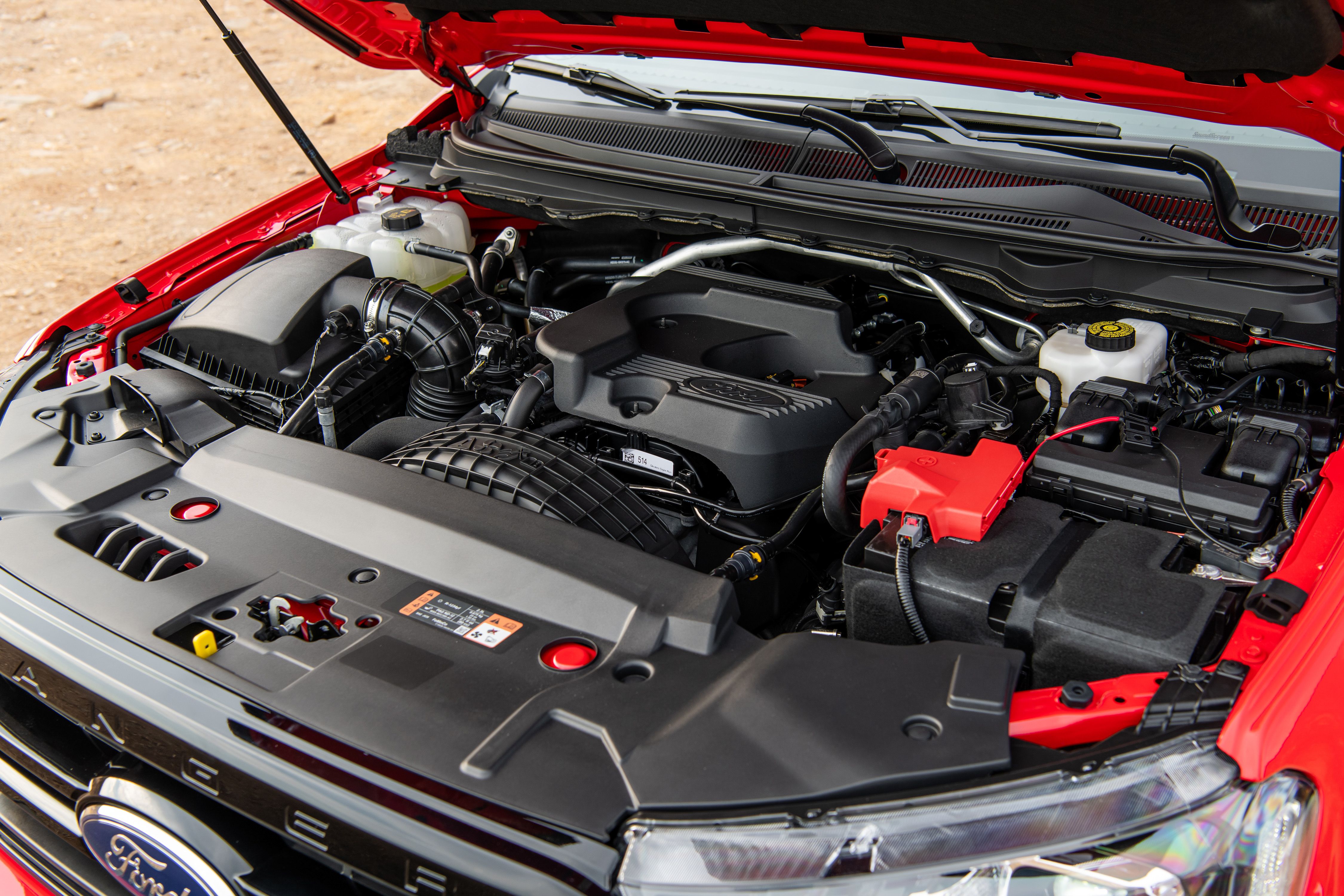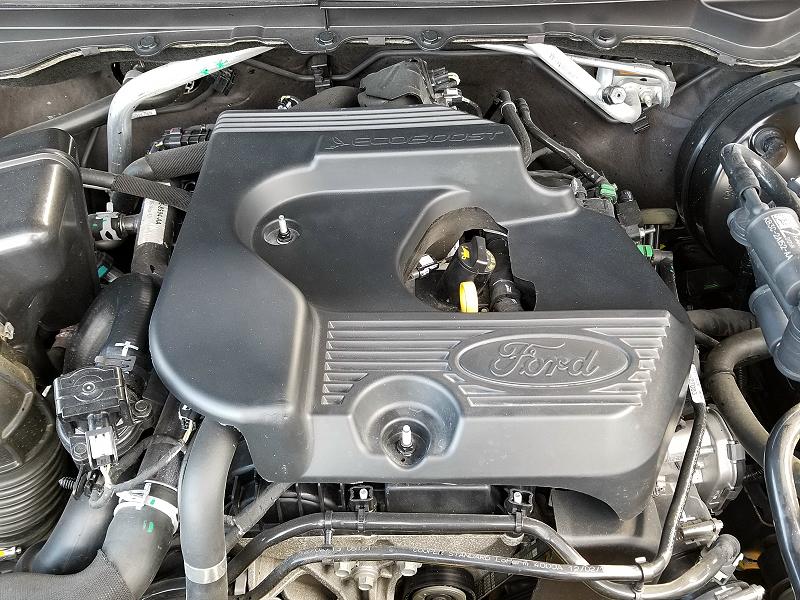How to Maintain and Optimize the 2.2 Ford Ranger Engine for Long-Lasting Performance
How to Maintain and Optimize the 2.2 Ford Ranger Engine for Long-Lasting Performance
Blog Article
Understanding the Basics of Car Engines: Functions, kinds, and attributes

Introduction of Automobile Engines
A cars and truck engine works as the heart of a vehicle, transforming fuel into power to move it forward. This complex system makes up various elements that work in unison to guarantee optimum efficiency and efficiency. The basic operation of a cars and truck engine entails the inner burning process, in which gas and air are mixed, ignited, and removed to produce power.
The engine's layout can dramatically influence its efficiency, gas effectiveness, and discharges. Secret elements consist of the cylinder block, pistons, crankshaft, and camshaft, each playing an important function in the engine's total feature.
Along with these components, engines commonly make use of various systems such as fuel shot, ignition, and cooling systems to improve efficiency and longevity. Understanding the basic auto mechanics of car engines is vital for detecting concerns and executing upkeep, inevitably adding to the automobile's reliability and efficiency in time.

Kinds Of Vehicle Engines
Automobile engines can be classified right into several kinds based upon their style, fuel kind, and operational concepts. 2.2 ford ranger engine. The most usual categories consist of inner burning engines (ICE), electric engines, and crossbreed engines
Interior combustion engines, which can be more divided right into fuel and diesel engines, run by sparking a fuel-air blend to produce power. Gas engines are typically lighter and smoother, while diesel motor are a lot more fuel-efficient and deal greater torque.
Electric engines make use of electrical power kept in batteries to power an electric motor, giving immediate torque and absolutely no emissions during procedure. As innovation developments, electrical cars (EVs) are significantly becoming prominent for their ecological advantages and lower running prices.
Hybrid engines integrate aspects of both internal combustion and electric engines, permitting flexible power resources and improved fuel performance. They can run in different settings, making use of either the gas engine, the electrical motor, or both all at once.
Each sort of engine has unique benefits and negative aspects, influencing their application in various vehicle kinds and market sectors, from small cars and trucks to durable vehicles. Recognizing these types is crucial for making notified choices regarding automobile choice and efficiency assumptions.
Engine Features Clarified
Comprehending engine features is essential for understanding exactly how cars operate efficiently. At the core of any internal burning engine lies the basic process of transforming fuel into power. This procedure begins with the intake stroke, where air and fuel are drawn right into the combustion chamber. Following this, the compression stroke compresses the air-fuel mix, increasing its temperature and stress.
The ignition takes place next, firing up the mix and developing a quick development of gases. This force drives the piston down during the power stroke, which eventually translates right into the rotational motion of the crankshaft. The exhaust stroke after that removes the invested gases from the chamber, giving way for a brand-new cycle to start.
Along with these main functions, engines likewise include systems that manage air conditioning and lubrication, making certain optimal operational temperatures and reducing rubbing between moving parts. This elaborate interaction of functions enables the engine to create the power essential for car propulsion while maintaining performance and integrity. Recognizing these features gives my sources important insight into the intricacies of vehicle engineering and boosts the capacity to identify and attend to engine-related concerns effectively.
Key Engine Functions
Engine style incorporates several key functions that significantly affect performance, performance, and resilience. Among one of the most essential facets is the engine setup, that includes inline, V-type, and flat designs. Each arrangement affects the engine's power, balance, and size result, thereby affecting general vehicle dynamics.
One more important function is the engine displacement, describing the total quantity of all cylinders. Bigger variations commonly yield more power however might jeopardize fuel performance. Engine materials also play a crucial duty; lightweight and high-strength materials, such as light weight aluminum and magnesium alloys, boost efficiency without including extreme weight.
The type of gas shot system employed-- such as multi-port or direct injection-- affects combustion effectiveness and exhausts. Turbocharging and turbo charging are features that enhance engine efficiency forcibly extra air right into the burning chamber, raising power outcome without substantially boosting engine dimension.
Finally, the presence of advanced engine administration systems maximizes fuel-air mixture and ignition timing, adding to smoother operation and much better fuel economic climate. Jointly, these features define an engine's abilities, establishing the structure for its efficiency and durability in an affordable auto landscape.
Upkeep Tips for Engines
Proper engine upkeep is critical for ensuring ideal performance and longevity, as neglecting routine care can lead to substantial concerns down the line. To keep your engine successfully, start with routine oil changes, typically every 3,000 to 7,500 miles, depending on the type of oil utilized. Fresh oil lubes engine elements, minimizing rubbing and wear.
Furthermore, monitoring coolant levels is crucial to avoid getting too hot. Make certain that the coolant is covered up and remains in great problem to maintain efficient temperature level guideline. Consistently inspect and replace air and fuel filters, as clogged up filters can hinder airflow and gas shipment, compromising engine efficiency.
Moreover, pay focus to ignition system and ignition systems. Used or defective trigger plugs can result in misfiring and decreased performance. Checking the battery terminals and links for corrosion is also vital, as a weak battery can influence engine starting.

Final Thought
In recap, check that an extensive understanding of cars and truck engines includes numerous kinds, features, and vital attributes that significantly influence automobile efficiency. Internal combustion engines, together with hybrid and electrical choices, demonstrate diverse mechanisms for power conversion. 2.2 ford ranger engine. Identifying the essential features, such as intake and exhaust cycles, together with critical engine attributes like configuration and gas shot systems, outfits vehicle proprietors with the expertise required for reliable upkeep and operation, inevitably boosting automobile longevity and effectiveness
A vehicle engine serves as the heart of a vehicle, converting gas into mechanical energy anonymous to propel it onward. The basic operation of an auto engine includes the internal burning process, where fuel and air are blended, fired up, and removed to develop power.
Frequently replace and examine air and fuel filters, as clogged up filters can prevent airflow and gas shipment, endangering engine effectiveness. - 2.2 ford ranger engine
In recap, an extensive understanding of cars and truck engines encompasses various kinds, functions, and crucial features that considerably affect car efficiency. Identifying the important features, such as consumption and exhaust cycles, along with vital engine attributes like arrangement and gas injection systems, outfits auto proprietors with the knowledge required for effective upkeep and operation, ultimately boosting automobile durability and performance.
Report this page